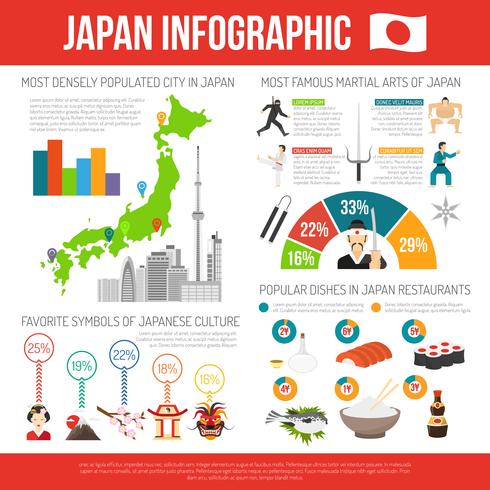The Development And Historic Relevance Of Martial Arts Throughout Various Cultures
The Development And Historic Relevance Of Martial Arts Throughout Various Cultures
Blog Article
Written By-Sutton Graham
Martial arts have a remarkable background that extends centuries and continents. You may discover it fascinating just how ancient techniques like Shuai Jiao and Kalaripayattu prepared for modern fight strategies. These techniques not only stress physical abilities but additionally show the cultures that birthed them. As you discover their advancement, take into consideration just how globalization has actually transformed these standard types right into crossbreed styles. What impacts do you assume have shaped today's martial arts landscape?
Ancient Martial arts: The Foundations of Fight
As you look into the world of old martial arts, you'll discover the rich foundations that shaped combat methods across cultures. https://www.fox13now.com/entertainment/premier-martial-arts concentrated on Self-Defense and survival, usually integrating strikes, hurting, and weaponry.
In ancient China, for instance, strategies like Shuai Jiao emphasized tosses and joint locks, while India's Kalaripayattu showcased agility and fluid motion. Japanese samurai created Kenjutsu, a refined swordsmanship that highlighted discipline and approach.
These martial arts offered not just for battle yet additionally as a means of personal advancement, instilling values like regard and willpower. The blending of these techniques over time laid the groundwork for the varied martial arts you see today, each reflecting the distinct ideologies and needs of its society.
The Cultural Influence on Martial Arts Development
While martial arts typically show the practical demands of a culture, they likewise symbolize the cultural worths and beliefs of their beginnings. When how soon should kids martial arts explore various martial arts, you'll see how they're affected by religion, ideology, and social standards.
For example, the emphasis on regard and self-control in Japanese martial arts comes from Zen Buddhism and samurai culture. On the other hand, Brazilian Jiu-Jitsu promotes adaptability and approach, formed by the need for effectiveness in a varied, modern environment.
You might find that the rituals, attires, and training techniques reflect a community's background and identity. By recognizing these cultural impacts, you deepen your recognition of martial arts and their role fit human experiences around the world.
Modern Adaptations and the Globalization of Martial arts
Martial arts have transformed dramatically in recent years, adapting to modern culture and global influences. You'll notice that standard kinds have mixed with contemporary methods, producing hybrid styles like mixed martial arts. what age to start kids in martial arts accommodate varied target markets, making martial arts easily accessible and attractive around the world.
With when martial arts started of social media and electronic systems, you can find tutorials and competitions from all corners of the world, breaking geographical barriers. This globalization has brought about a shared appreciation for numerous disciplines, from Brazilian Jiu-Jitsu to Taekwondo.
As you involve with these arts, you'll understand they're not practically battle; they advertise health and fitness, technique, and mental wellness.
Inevitably, modern-day adjustments have improved the martial arts landscape, making it a vibrant and developing method.
Conclusion
In checking out the background and evolution of martial arts, you reveal an interesting blend of strategies, cultures, and approaches. From ancient disciplines like Shuai Jiao and Kalaripayattu to the modern flexibility seen in MMA, martial arts reflect humankind's quest for Self-Defense and personal growth. As you involve with these practices, you not only obtain abilities but also a deeper recognition for the varied traditions that form our globe today. So, continue your trip and accept the art of combat!
